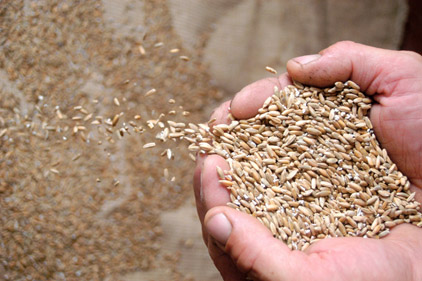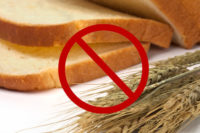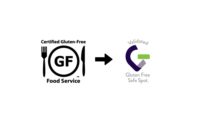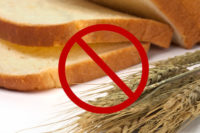NSF International, Ann Arbor, Mich., confirms that its science-based Gluten-Free Certification Program meets the U.S. Food and Drug Administration’s (FDA) new regulation defining the term “gluten-free” for voluntary food labeling.
The FDA recently published the final rule that sets a gluten limit of 20 parts per million (ppm) in foods labeled as “gluten-free,” “without gluten,” “free of gluten” or “no gluten.” Food manufacturers have a year from the date the rule was published (Aug. 5, 2013) to bring their labels into compliance with the new requirements.
Gluten-free products certified via NSF International’s Gluten-Free Certification Program already meet the FDA’s new gluten-free labeling regulation. In 2011, NSF International developed its voluntary gluten-free standard and certification program, which verifies that certified products contain 20 ppm or less of gluten.
In addition to product testing, NSF International audits manufacturing facilities to ensure the manufacturing process prevents gluten contamination of products and reviews the formulations to ensure that the ingredients used are gluten-free. The program provides an added level of assurance to consumers, especially to the more than 3 million Americans with celiac disease or gluten intolerance.
“NSF International has nearly 70 years of experience in developing standards and certifying products to these standards,” says Jaclyn Bowen, general manager of NSF International Agriculture and QAI (Quality Assurance International), an NSF International company. “NSF has brought this same rigor to the gluten-free category with comprehensive annual inspection, ingredient verification, random product testing and on-site audits. This truly independent approval process meets the FDA gluten-free labeling regulation to fill the gap between unsubstantiated claims and consumer demand for bona fide gluten-free products.”
For more information about NSF/QAI gluten-free certification, visit www.NSF.org.




